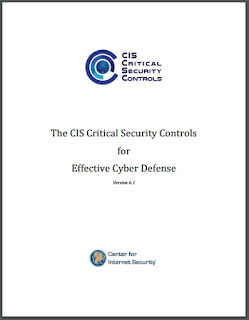ISO27k Conference, San Francisco
I'm at the 27k Summit for the Americas ISO27k conference at the South Francisco Conference Center near the airport this week, hoping to meet you! The conference has several parallel themes and streams, including: Getting started with ISO27k - for people who want to get into this stuff Metrics - for people who need to measure and improve this stuff Cloud security and IoT - hot topics Compliance - a meta-theme since laws, regs and standards compliance is a strong driver for all the above If I have time I'll update this post with info as the conference proceeds .... Jim Reavis from the Cloud Security Alliance gave a keynote about the proliferating cloud and IoT systems, globally expanding. CSA's CCM compliance/controls mapping is well worth looking at, while the CSA STAR program is a popular certification scheme for cloud providers. Dan Timko from Cirrity explained the ISO27k ISMS implementation and certification process, including the pre-certification followed a few mon...



